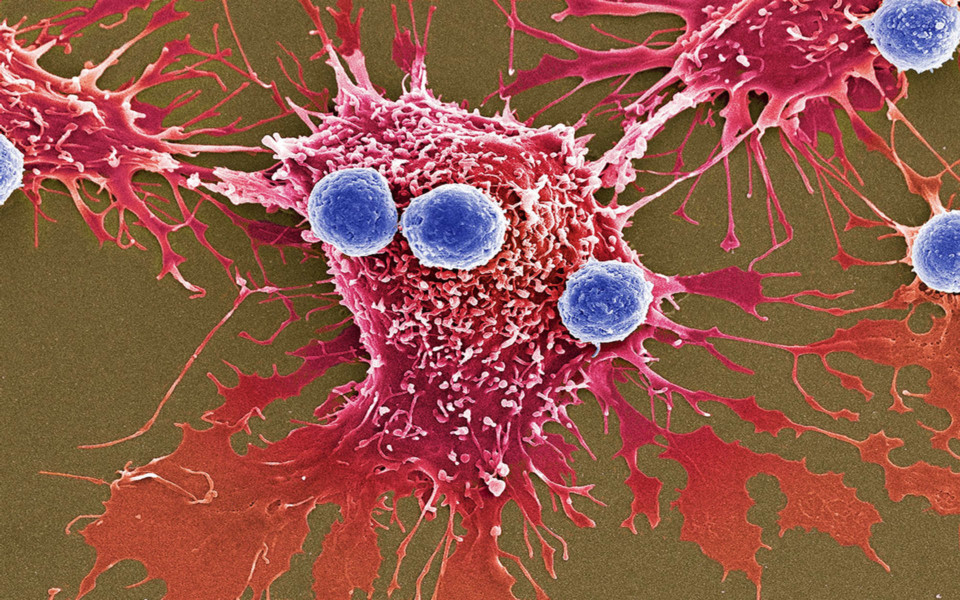4 Ways This Revolutionary Gene-Editing Tool Could Change the World
The woolly mammoth has been extinct for more than 4000 years. Now scientists are talking about bringing it back with the help of a powerful gene-editing technique called CRISPR-Cas9.
But CRISPR’s promise extends far beyond the possibility to resurrect extinct animals. It may also have the potential to boost crop yields and create alternatives fuel sources, protect us from insect-borne scourges like malaria and Zika, and even cure cancer.
In short, CRISPR is a genome editing technique that allows researchers to cut DNA at a specific location and add, remove, or modify genetic material with more precision than ever before. The DNA stored in our cells serves as the genetic blueprint for every living organism, determining our structure, appearance, development — and our vulnerabilities. Using CRISPR, scientists can target and move around specific snippets of DNA to rewrite these genetic codes.
The potential of CRISPR is tremendous, but research is still in its early stages. Scientists have several hurdles to leap before these futures become reality.
First, scientists must figure out how to safely deliver CRISPR’s gene therapies to humans.
“That’s a big area of current research,” says Dr. Megan Hochstrasser, an alumna of the lab at University of California, Berkeley credited with publishing the first major paper about CRISPR.
Scientists may introduce CRISPR-created genetic material directly into afflicted areas, like the brain or the lungs, or perhaps deliver them via the bloodstream. Even so, scientists are not yet sure how to ensure these therapies are absorbed into cells to do their work.
“You have to find ways to trick cells into taking up DNA or RNA,” Hochstrasser says.
CRISPR researchers will also need to grapple with ethical questions surrounding gene editing. How can we responsibly wield the power of changing the human genome? How are we to know the downstream effects of doing so?
Earlier this month, a report issued by the National Academy of Sciences and the National Academy of Medicine advised scientists to avoid using CRISPR during human experiments in ways that might lead to genomic changes in subsequent generations, unless such changes could be proven safe.
“Every technology raises ethical concerns,” says Kevin Esvelt, an assistant professor of biological engineering and leader of the Sculpting Evolution Group at the MIT Media Lab. “The challenge is to ensure that our power doesn’t outstrip our wisdom.”
If scientists can safely address these technical and ethical issues, CRISPR could be monumental in its ability to change our world. Here’s a glimpse into what the future with CRISPR could look like…


